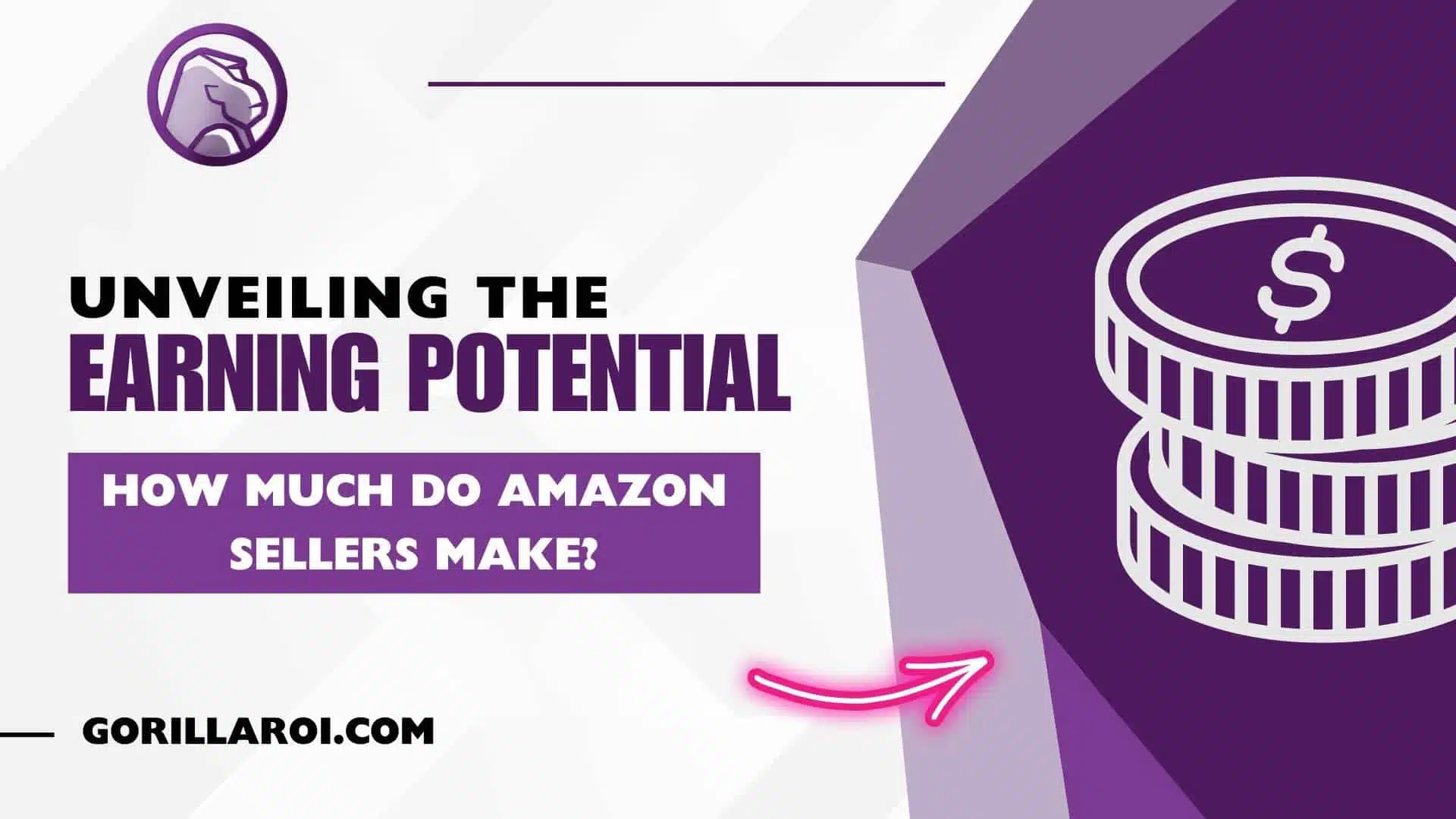What you’ll learn
Being a cost of revenue/COGS analyst can be both challenging and rewarding. It requires strong analytical skills to make sense of the data and draw meaningful conclusions that will help businesses make well-informed decisions.
Understanding the difference between the Cost of Revenue (COR) and Cost of Goods Sold (COGS) is essential in this field, as it helps analysts gain insight into how much money companies are making or losing from each sale.
The modern business landscape has changed drastically over the past few decades – technology advancements have provided us access to a lot more information than ever before, which can provide invaluable insights into company performance.
However, with all these new opportunities comes increased complexity when it comes to understanding financial statements.
This is where COR Vs. COGS come in; by comparing these two figures, we can get an idea of whether a company is generating sufficient profit on its sales or not.
For any aspiring cost of revenue/COGS analyst out there, having a solid grasp on COR vs. COGS is key to success in the field. That said, let’s dive right into how you can use these two figures to better understand your company’s profitability!
Definition Of Cost Of Revenue

Cutting to the chase, cost of revenue, and cost of goods sold (COGS) are two terms that both refer to the same concept: The amount spent on producing a product or providing a service.
Cost of revenue is referred to as COGS in accounting circles and is used to calculate gross margin; this figure helps businesses determine their profits after deducting expenses from income.
Cost of revenue includes all direct costs associated with creating a good or service, such as materials, labor, shipping charges, etc. It also covers indirect costs like rent for factory space and depreciation on equipment used during production.
To calculate the cost of revenue, one must take into account these factors plus any discounts given when purchasing raw materials necessary for production.
Ultimately, it comes down to understanding what was paid out before subtracting it from the total income generated by sales activities.
Definition Of Cost Of Goods Sold (COGS)
Now that we’ve discussed the definition of cost of revenue, let’s move on to understanding the cost of goods sold (COGS). COGS is a direct cost associated with goods sold.
It includes all costs involved in producing and selling products or services, such as materials, labor, shipping expenses, and overhead. In other words, it measures the total cost required to produce something for sale.
It’s vital to note that gross profit does not include any operating expenses like marketing and advertising costs. Therefore, subtracting COGS from net sales will give you your gross profit—the amount left after paying for all goods sold during an accounting period.
This figure is used by analysts when determining how much money a company has made before operational expenses are factored in.
By understanding the difference between the cost of revenue and COGS, companies can make more informed decisions about their business operations and maximize profits.
How Are They Calculated?
Cost of revenue, also known as Cost of Goods Sold (COGS), is the total variable cost associated with producing an item/product or providing a service.
This includes direct labor costs and raw materials used to produce the good, as well as any other indirect costs that may be related to production. Calculating COGS requires an analysis of all expenses which contribute to making the product available for sale.
In terms of manufacturing businesses, COGS can include items such as wages paid to employees in direct labor roles, the purchase price of raw materials needed for production, factory overhead expenses such as utilities and maintenance fees, and any taxes associated with purchasing these items.
The sum of these components provides a business with its accumulated COGS figure. Knowing this number helps companies understand their profit margins more easily because it allows them to compare their sales prices to what they have devoted towards creating each item.
🗣️ Pro Tip: Businesses must ensure accuracy when calculating their COGS so that their financial statements accurately reflect profits and losses over time.
Accurate calculations assist management in effectively tracking overall performance and help identify areas where improvements are necessary.
In short, understanding how the cost of revenue works is essential for businesses that want to remain competitive across multiple markets.
What Types Of Expenses Are Included?
When we talk about the cost of revenue and COGS, we’re primarily discussing operating expenses. These are the direct costs related to producing or purchasing a product that can be included in the COGS calculation.
To calculate COGS accurately, you need to consider the following:
- All materials used in the production process.
- Direct labor is associated with manufacturing products.
- Shipping fees for delivering goods to customers.
- The overhead costs incurred during production.
It is essential to get an accurate measure of what your company’s COGS actually is so you can make better decisions regarding pricing and profitability.
With careful consideration and analysis, you’ll have all the information you need to accurately assess how much it costs your business to produce its products and services.
Impact On Profit Margin
The impact of the cost of revenue and cogs on a company’s income statement is profound. Fixed costs, such as rent or staff salaries, are incurred regardless of the number of products sold.
This means that the direct costs incurred when producing goods must be kept to an absolute minimum in order for the business to remain profitable. If these costs become too high, then there will be less money left over after covering expenses for profit margins to increase.
Therefore, it’s important for companies to monitor their cost of revenue and cogs closely because this plays a critical role in determining how much they can expect to make from each product sold.
Companies should strive to keep overall costs down so that any profits earned are maximized while still covering all necessary expenses. In doing so, businesses ensure that they continue to deliver strong results without sacrificing quality or customer satisfaction.
Accounting For Fixed And Variable Costs
The impact on profit margins is huge and cannot be understated. But what exactly are the costs of revenue and cogs? And how can they help a business maximize profits?
Understanding fixed and variable costs when it comes to the cost of revenue (CoR) and Cost Of Goods Sold (COGS) is essential for any successful business.
Fixed costs, such as shipping expenses, remain constant regardless of production output, whereas variable costs fluctuate with the amount produced or sold.
This includes direct labor, raw materials, and other business expenses. To successfully increase profitability, one must understand which items make up their CoR/COGS in order to work out where some money can be saved.
To effectively manage these costs, businesses need to identify patterns within their operations that will allow them to determine whether certain variables are controllable or non-controllable – this helps them recognize if particular changes could result in lower operating expenses without negatively affecting quality standards.
By studying trends associated with each type of cost over time, organizations can better predict future spending needs while also finding ways to reduce those costs through improved processes or more efficient strategies.
Long-Term Cost Optimization Strategies
Long-term cost optimization strategies are essential for controlling and minimizing the costs associated with revenue production.
By understanding what affects our beginning inventory, overhead costs, production costs, and other direct costs, we can develop a comprehensive plan to ensure that these expenses remain low.
We must begin by determining which areas of our business require additional resources or adjustments in order to increase efficiency.
This could involve reviewing how we track spending on materials and labor, as well as analyzing trends in customer demand over time.
Additionally, it may be beneficial to analyze any non-production related costs that have been added since the last review period.
Once all relevant information has been gathered and assessed, we can create an effective strategy to help us reach our long-term objectives without compromising quality or profitability.
The key is to understand that cost control must ultimately be tied back to decisions made at the operational level — this includes both daily decision-making and long-term strategic planning.
With careful thought given to each step of the process, businesses can work together with their teams to identify areas where they can make lasting changes while still meeting consumer demands.
Short-Term Cost Reduction Tactics
Now that we have discussed long-term cost optimization strategies let’s dive into short-term cost reduction tactics.
When calculating costs of revenue, it’s important to understand what costs are directly related to inventory sold, and those costs should be reflected in the cogs calculation.
Here are some quick ideas for reducing your operating expenses:
- Negotiate volume discounts from suppliers.
- Outsource specific tasks such as payroll or IT services.
- Take advantage of tax credits and incentives.
These are just a few simple ways to reduce operational costs without sacrificing quality. Additionally, consider cutting back on nonessential labor costs like overtime and temporary staff as needed.
This allows you to save money while still maintaining efficiency and productivity within the company.
Reviewing current processes and procedures is another way to identify potential areas where expenses can be reduced without hindering operations.
By carefully evaluating all aspects of running the business, one can pinpoint any unnecessary overhead spending and make adjustments accordingly.
Final Words
It’s clear that understanding the differences between the cost of revenue and COGS is essential for optimizing profitability.
By utilizing both long-term strategies, such as forecasting expenses and tracking fixed costs, as well as short-term tactics, like looking into bulk-purchasing discounts or renegotiating contracts with suppliers, businesses can be sure to keep their bottom line where it needs to be.
I sympathize how hard it can be to manage all the moving parts involved in maintaining profit margins.
That’s why I always emphasize taking an organized approach when considering streamlining costs – by breaking down each expense and exploring opportunities for savings, you can maximize your ROI without sacrificing quality.
Ultimately, achieving the balance between the cost of revenue and COGS is key to running a successful business. With careful analysis and smart planning, any organization has the potential to increase their profits while ensuring they’re getting the most bang for their buck!
Comments
Related Posts

Different Types of Amazon Ads: Amazon Advertising Options for FBA Sellers
There are different types of Amazon ads. Amazon offers several…

How Amazon Sellers Use the Amazon Wishlist to Boost Sales
Amazon is a vast and competitive marketplace where millions of…

Unveiling the Earnings Potential: How Much Do Amazon Sellers Make?
Are you curious about how much do Amazon sellers make?…
Ready to sync your Amazon data to Google Sheets?
Gorilla ROI is the easiest way to automatically sync your Amazon data to Google Sheets 24/7 to match your business needs. Uncover actionable insights to sell more and beat the competition.







Leave a Reply